The "family" is amazing! You must have never seen the Wuxi version of Animal World …
"
For the first time, the activity trace of the Chinese gazelle, a national second-class key protected animal, was found in Zhuhai, Yixing. The fragile snake lizard, which requires extremely high living environment, has a stable breeding small population in Yixing. The bryophyte survey was carried out to fill in the gap and 11 new records were found in Wuxi …
"

Satellite map of Wuxi administrative region
The reporter learned from the Municipal Bureau of Natural Resources and Planning
Investigation on wildlife resources in our city
And the survey of wild plant resources achieved interim results.
Through a year’s field investigation and research analysis, it is shown that
????
There are 1409 species of higher plants in our city, and Wuxi is one of the areas with the most concentrated plant resources in Jiangsu. A total of 285 species of mammals, birds, reptiles and amphibians were found in the city, accounting for 47.2% of the total number of Jiangsu Province, of which 235 species of birds were investigated, accounting for 52.5% of the total number of bird species in the province, and the biodiversity richness can be said to be in the forefront of the province.
Good habitat environment
Crispy snake lizard has a stable breeding small population.
Most wild animals are hidden in deep forests and rivers and springs wetlands, and some of them are not easy to be found by people, but they are important indicators of biodiversity. "The latest survey of terrestrial wildlife resources in Wuxi was conducted in 2011, and it has been more than ten years since then." Feng Yao, who is in charge of wildlife protection in the Municipal Bureau of Natural Resources and Planning, said that this survey is particularly meaningful from the perspective of finding out the "family background" of wildlife resources.
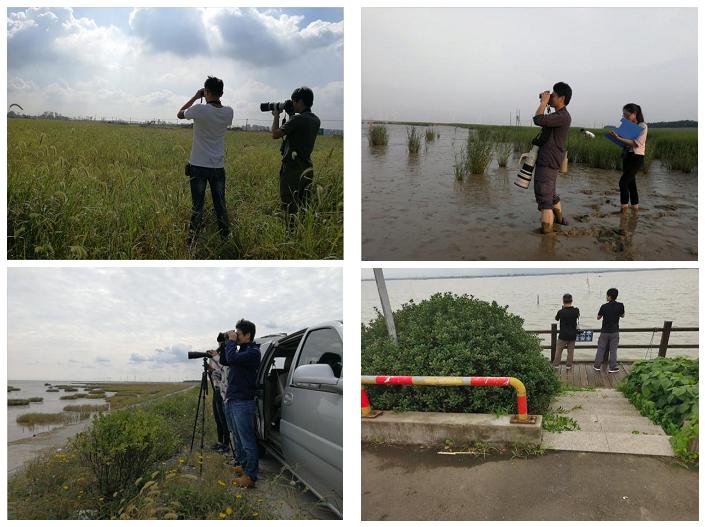
Bird survey
It is particularly worth mentioning that the survey covers not only mammals, birds, reptiles, amphibians and terrestrial vertebrates, but also insects, with a wider coverage.
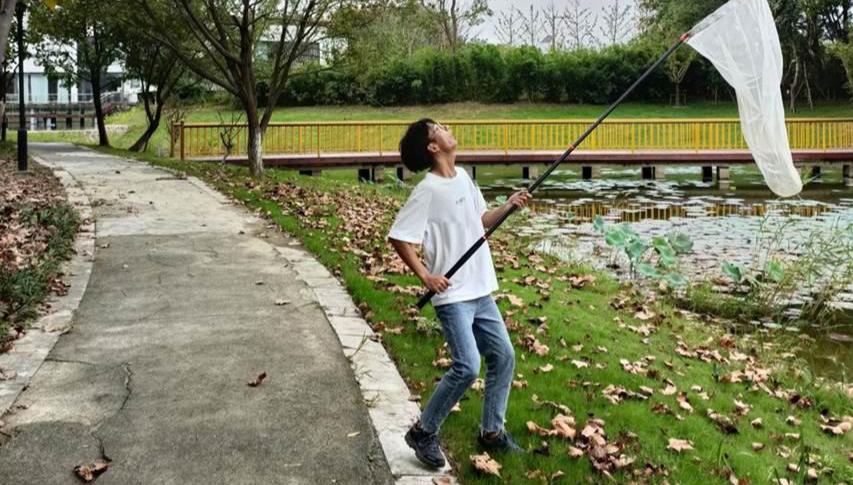
Insect investigation
"There are many kinds of insects in the world. Although it is small, it is the species that best reflects biodiversity. Bird migration season and breeding season need to prey and accumulate energy, and the existence of insects plays an important role in the integrity of the biological chain. " Feng Yao introduced that the insect specimens collected in this survey identified 185 species in 12 orders. Among them, a species endemic to China and a national second-class protected animal, Cynomorium songaricum, was found in Yixing Forest Farm, which was recorded for the first time in Wuxi.
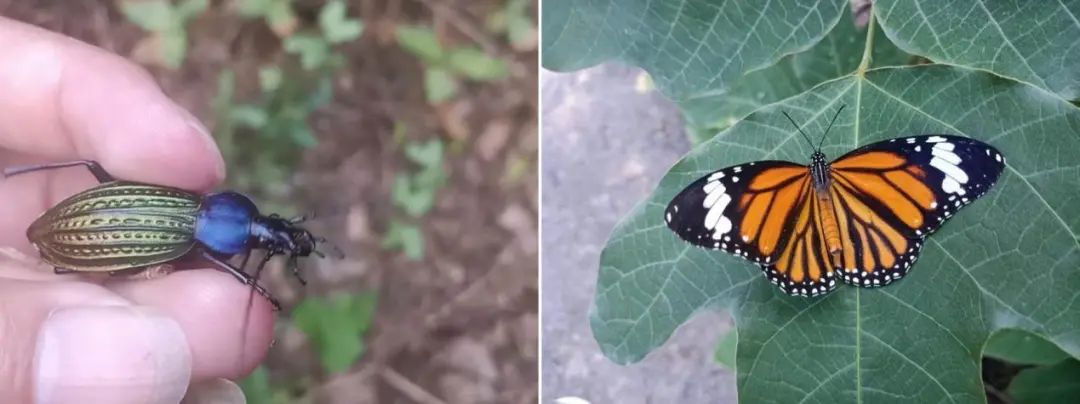
The beetle (left) and the tiger-spotted butterfly (right) discovered by insect investigation
At the same time, 40 species of butterflies belonging to 5 families were recorded, among which 4 species were newly recorded in Wuxi.
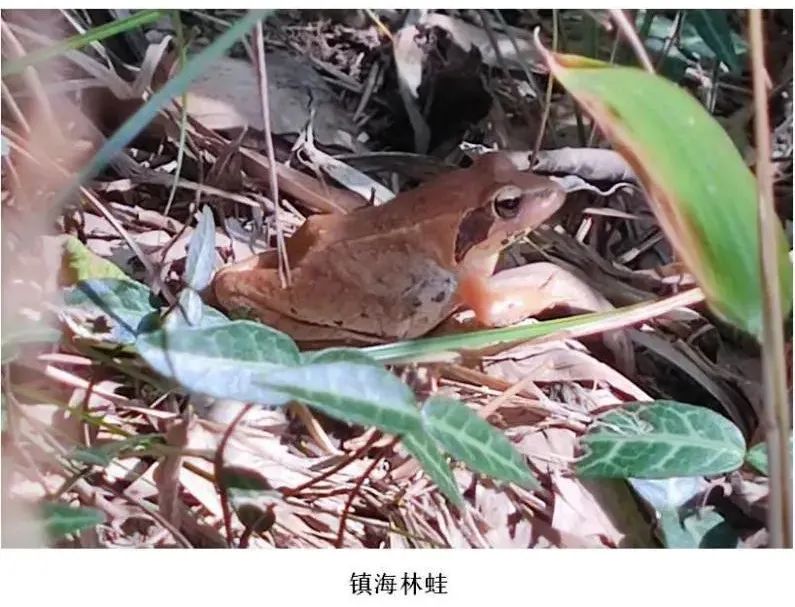
"The reptiles have extremely high requirements on water quality and habitat environment. The discovery of the brittle snake lizard has excited us for a long time." According to the investigators, 8 species of amphibians in 1 order, 3 families and 16 species of reptiles in 2 orders and 7 families were recorded, including 4 species of national second-class protected animals, namely tiger frog, turtle, flat-breasted turtle and brittle snake lizard.
In particular, the brittle snake lizard is a rare species in the mountain forest area of East China, its behavior is hidden and rarely known to the public, and its distribution and population number are relatively rare in East China. This survey found that there are stable small populations near Zhuhai and surrounding Yixing Forest Farm in Yixing City, indicating that the protection of local habitats is effective.
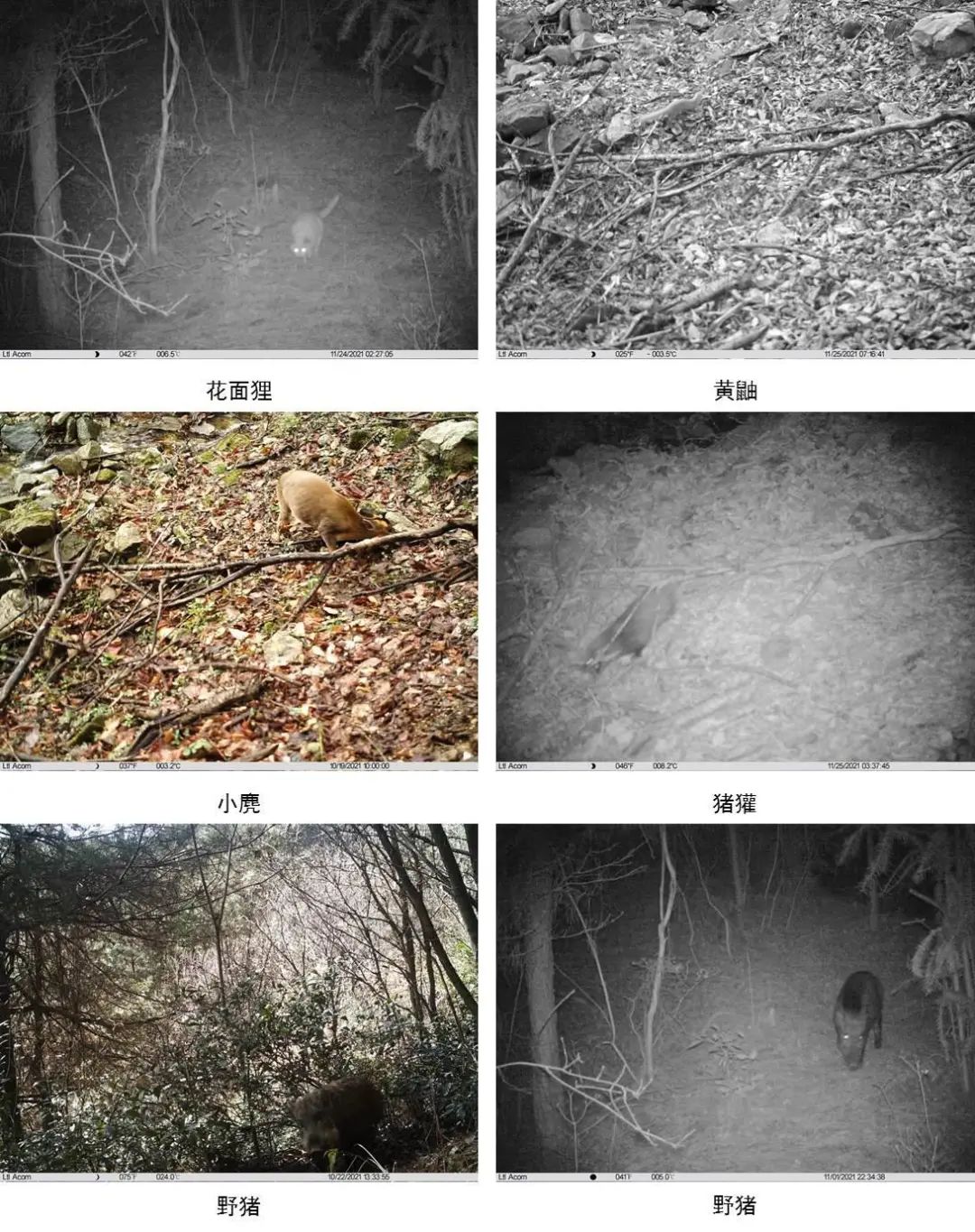
Infrared camera monitoring photos of some mammal species investigated.
There are also many new discoveries in mammals, including 6 orders, 14 families and 26 species. Among these animals, raccoon, leopard cat and Chinese gazelle are the second-class national key protected animals. Field infrared camera monitoring results show that Apodemus chinensis, Mus musculus, South China rabbit, wild boar, pig badger and Yellow weasel are common mammals in Wuxi.
Surprisingly, through fecal DNA identification technology, the investigators confirmed the existence of Chinese gazelle in Zhuhai, Yixing. Chinese gazelle is a large herbivore of Artiodactyla and Bovidae. "The appearance of this species shows that the environmental quality in Yixing mountain area has improved obviously in recent years, and the protection should be further strengthened to provide favorable conditions for the rejuvenation of the medium-sized carnivore population in the later period." Investigators said.
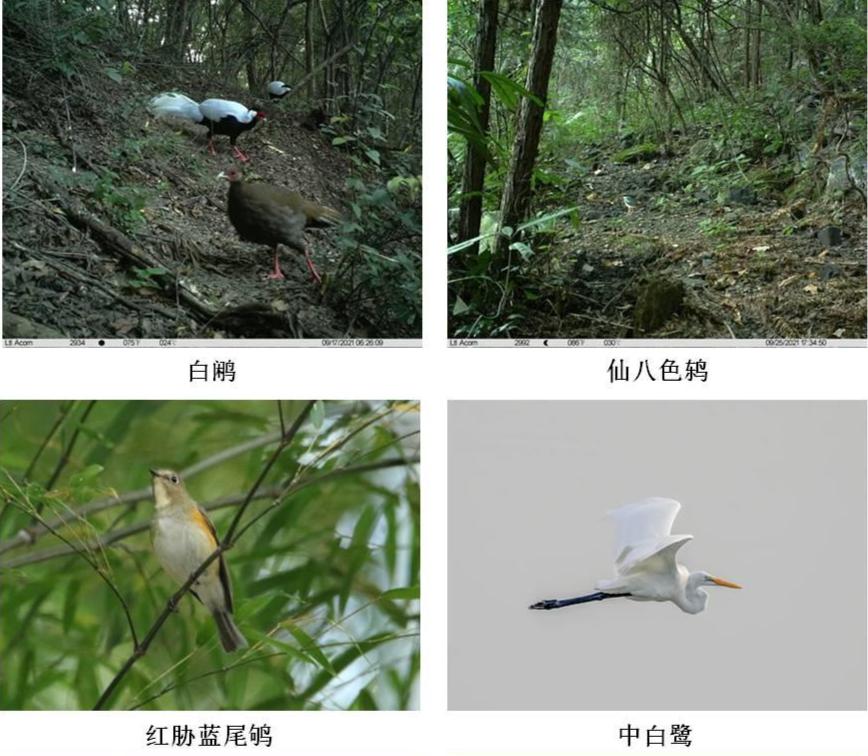
There are a group of regular birdwatchers in Wuxi, where the sky is blue and the water is clear. What is the "bird situation" in Wuxi? It is reported that a total of 235 species of birds were recorded in last year’s survey, including 6 species of national first-class protected animals such as oriental stork and Chinese merganser duck, and 42 species of national second-class protected animals such as white pelican.
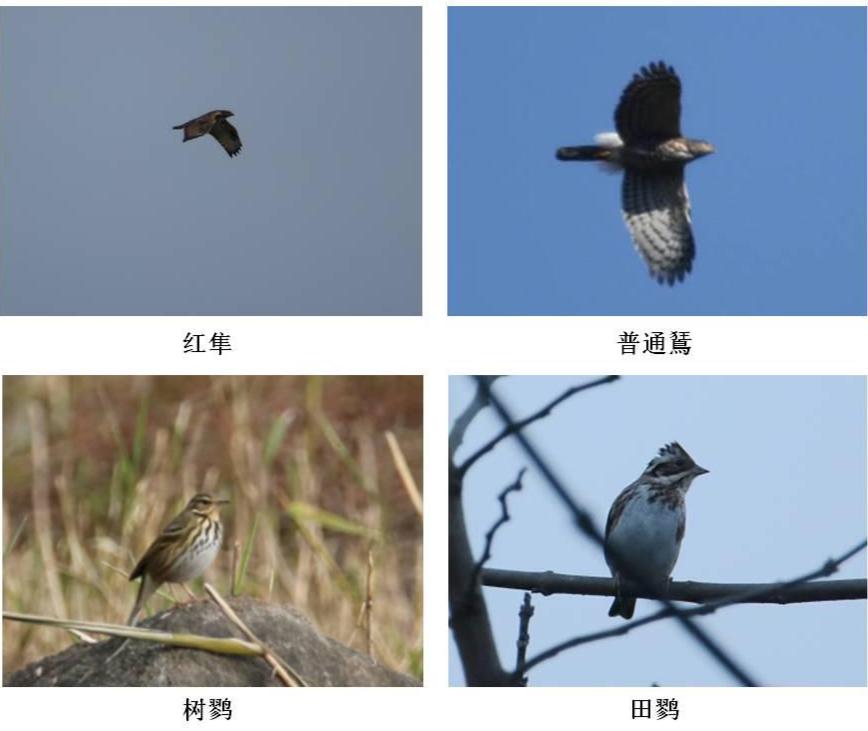
"From the perspective of bird residence type, there are 86 species of winter migratory birds, accounting for 36.6%, followed by resident birds, summer migratory birds and tourist birds, accounting for 32.8%, 26.4% and 4.3% respectively." Feng Yao said that over the past 10 years, birdwatchers in our city have recorded about 370 species of birds, and the specific data need to be further verified and supplemented in the next investigation, so as to "draw a clear picture" of birds as much as possible and build a good database.
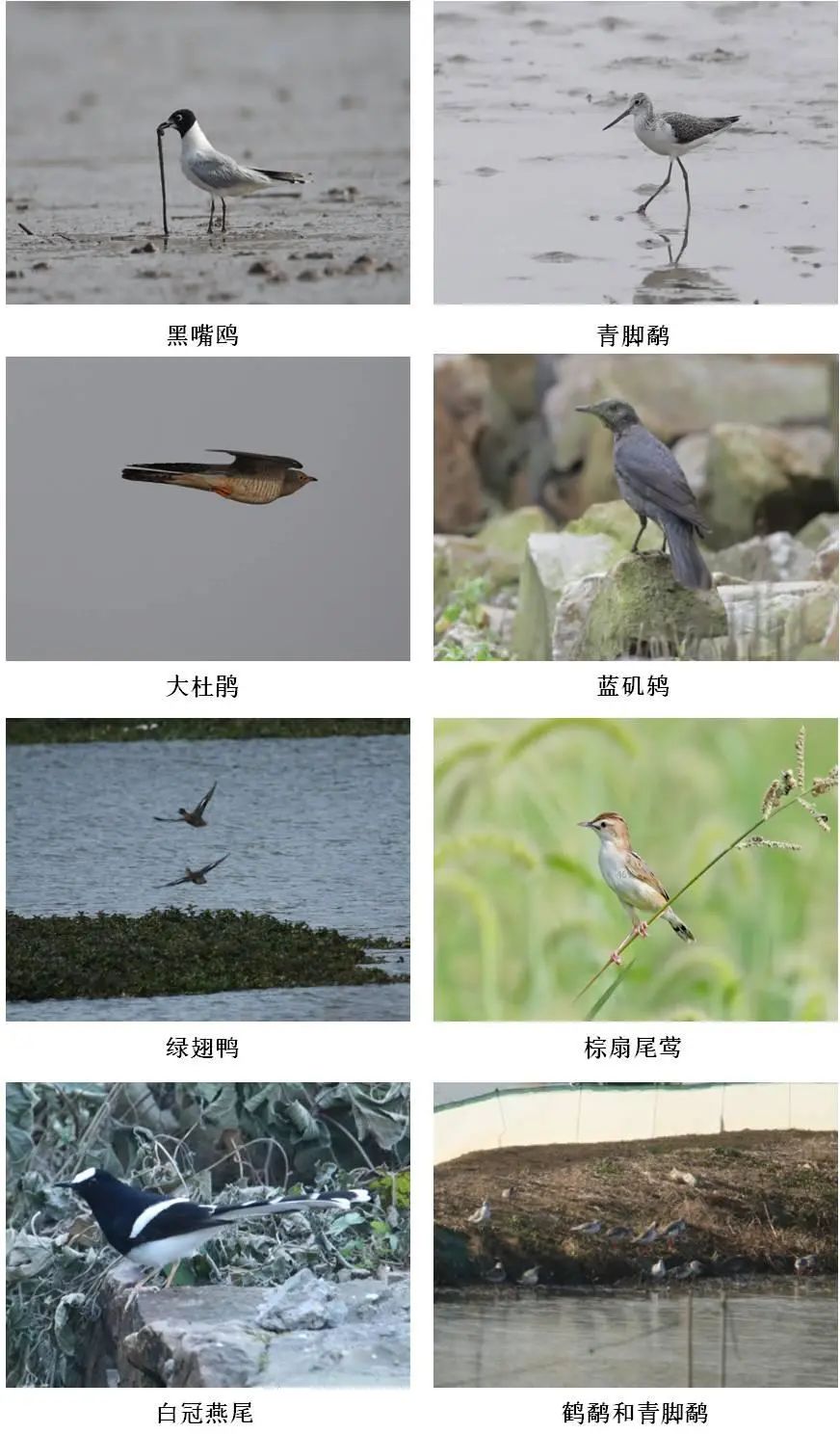
Fill the gap in plant investigation
There are more than 220 species of moss alone.

A Newly Recorded Species, Lepidoptera spinosa, in Wuxi City
"Moss is a primitive higher plant group that is extremely sensitive to environmental changes. It is a large plant category in East China. It is the home for insects, microorganisms and so on, and it is of great significance to the study of biodiversity." Feng Yao introduced that in order to reflect the biodiversity of our city more comprehensively, a special survey was conducted on bryophytes, which also filled the gap in the field of wild plant survey in Wuxi.
According to the consulting data and field survey, there are 221 species of bryophytes belonging to 94 genera and 44 families in our city, among which 11 species of bryophytes such as deciduous feather moss, spiny leaf feather moss and dense leaf calyx moss were discovered for the first time in Wuxi.

In terms of vascular plants, gratifying achievements have been made in the protection of biodiversity. A total of 1188 species of vascular plants belonging to 567 genera in 155 families have been investigated, including 47 species of pteridophytes belonging to 28 genera in 19 families, 11 species of gymnosperms belonging to 10 genera in 6 families and 1130 species of angiosperms belonging to 529 genera in 130 families.

Specimens of wax leaves of some plants
"Through the analysis of the geographical elements of plants, it can be seen that the flora of Wuxi has certain antiquity, such as Lycopodium, Selaginella and Equisetum of ferns, Dictyophora of gymnosperms, Magnoliaceae and Hamamelidaceae of angiosperms." According to the researchers, 11 kinds of national protected plants (above Grade II) have been found in Wuxi, namely, Plum, Ginkgo biloba, Dictyophora bungeana, Pistacia crassipes, Zelkova schneideriana, Tenjikukatsura, wild soybean, wild water chestnut, fragrant fruit tree and buckwheat, and many of them are "longevity stars" in the plant kingdom.

The national protected plant Anemone spicata.

Wild soybean, a national protected plant.
For example, in addition to the plum, gingko and money pine that Wuxi people are familiar with, the fragrant fruit tree also has an "ancient" temperament. It is an ancient relict plant, a deciduous tree with a height of 25 meters and a DBH of 1 meter. It is mainly distributed in Xiaoheigou, Longchi Mountain and other places in Yixing in Wuxi. Investigators also found more than ten wild species of rare and endangered plant Cabernet Sauvignon in Xiangyang broad-leaved forest at an altitude of 300-600 meters in Yixing, which shows that the protection of the germplasm resources of Cabernet Sauvignon in our city has achieved initial results.

Torreya grandis, a national protected plant.
Finding out the "family background" is for more targeted protection. On the basis of a comprehensive investigation of the status quo of wildlife resources and habitats, experts put forward suggestions on biodiversity protection. For example, in the Zhuhai area of Yixing, some rare plants such as torreya grandis and Pinus bungeana grow in the Phyllostachys pubescens forest. Because of the extremely fast propagation speed of Phyllostachys pubescens, interspecific competition and interference pose some threats to the habitats of these rare trees. We can create forest gaps and protect the living environment of rare plants by means of appropriate logging.
Yixing National Forest Park is the mountain with the richest wildlife resources and the best natural forest protection in Wuxi at present. However, in the core area of the reserve, it is found that there are signs of collective mountaineering and hiking hanging by donkey friends. It is suggested that mountaineering and hiking activities should be eliminated in the core area to create a better environment for wildlife survival.

Evergreen broad-leaved forest (Xiaoheigou, Yixing)
It is reported that this year, the city will complete the survey of wildlife resources, and will establish a resource database based on the survey results, strengthen dynamic monitoring, and at the same time increase the supervision and protection of nature reserves, forest parks, wetland parks and other nature reserves to protect wildlife resources to the maximum extent.
Original title: "The family is amazing! You must have never seen the Wuxi version of "Animal World".